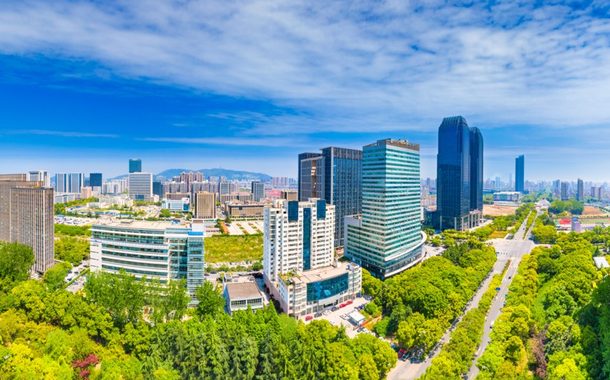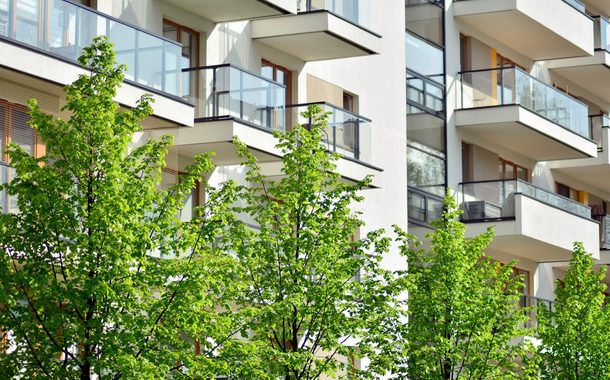For a sustainable real estate world
Benefit from our holistic sustainability expertise and industry-leading digital solutions. We support you with a systematic approach to sustainability in real estate, including management and reporting.
Strategy and consulting
Sustainability strategies
Labels, standards, and certifications
Certifications
Energy performance certificates
Tools and
solutions
We cover all major labels and standards
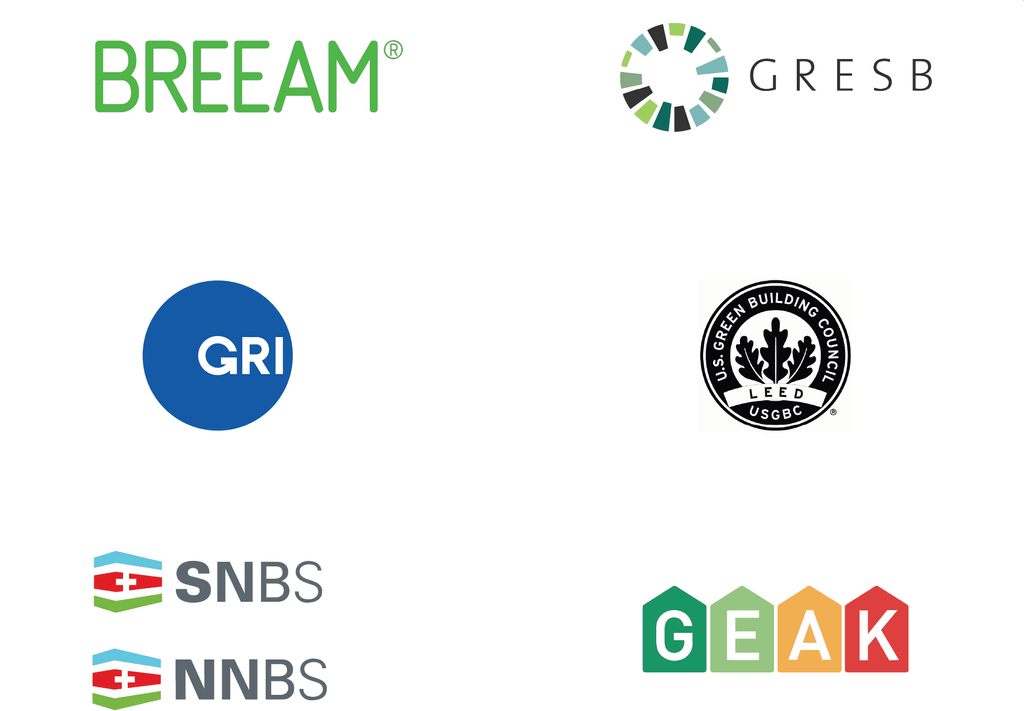
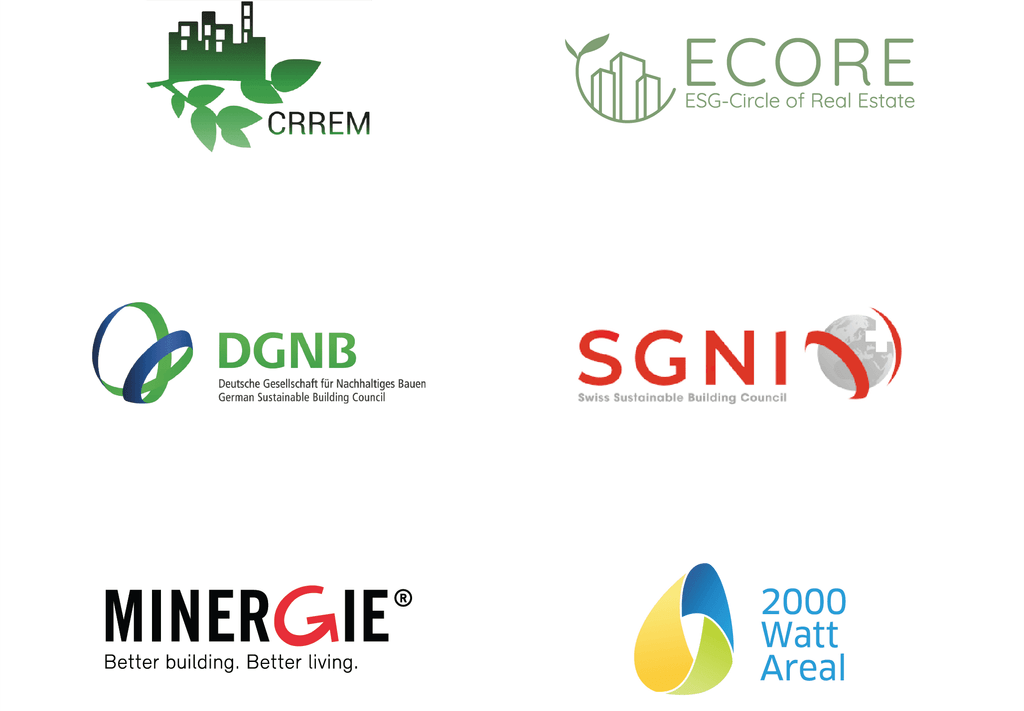
Together with our subsidiaries durable, QualiCasa and Signa-Terre, we offer holistic sustainability solutions for the construction and real estate market.
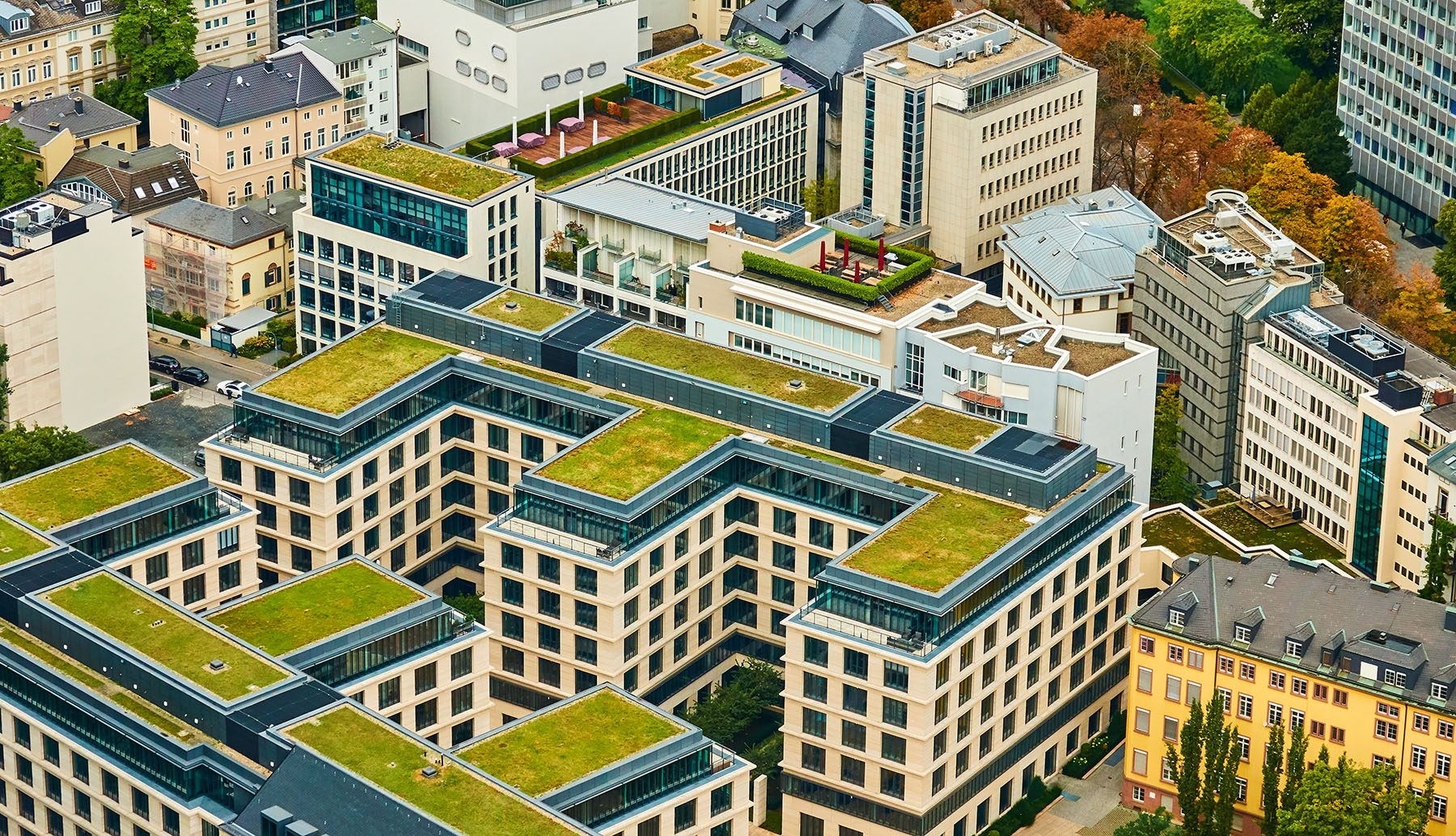
How can we support your sustainability goals?
Corporate Social Responsibility
Wüest Partner assumes responsibility towards its clients, employees, and our society. By joining the Principles for Responsible Investment (PRI) initiative and committing to the UN Sustainable Development Goals (SDGs), we stand for value-based corporate governance.
Did you know?
100+
Indicators and criteria form the RE ESG rating
90+
Wüest Partner ESG experts are at your disposal
50’000+
Data sets serve as the basis for our CO2 assessments
Real estate and sustainability news
Contact us or stay up to date with our newsletter

You might be interested in:
Sustainability challenges in the real estate sector
Sustainability, as well as environmental and climate protection, are integral parts of our society and continue to pose substantial challenges. The current effects of climate change are being felt more than ever. Natural hazards, such as forest fires, storms, heavy rain, hail, landslides, and floods, as well as resource depletion and global warming, are at the heart of society’s concerns.
As a major economic sector, the real estate industry is not only affected by these issues but, due to its influence on sustainability, plays a major role in improving future developments regarding both national and international sustainability targets.
The real estate sector is one of the largest greenhouse gas emitters. In addition, properties can be exposed to natural hazards such as floods, landslides, storms, and other extreme weather conditions, which can impact profitability and subsequently lead to increased divestment and the search for more sustainable alternatives. Building stocks, in particular, play a crucial role here and must be transformed in the (near) future.
The real estate industry also plays a significant role in land and resource consumption. This applies to areas such as project and plot development, urban and regional planning, and urban development. Lastly, by providing housing for the population at all stages of life and in all income classes, the construction and real estate sector contributes to social justice in societies organized according to a social market economy.
Stakeholder groups along the real estate value chain also play a key role in sustainability. This includes owners, tenants, investment, portfolio, and asset managers, as well as property valuers and managers –– to name but a few. All of these industry players can contribute to the long-term sustainable management and use of real estate.
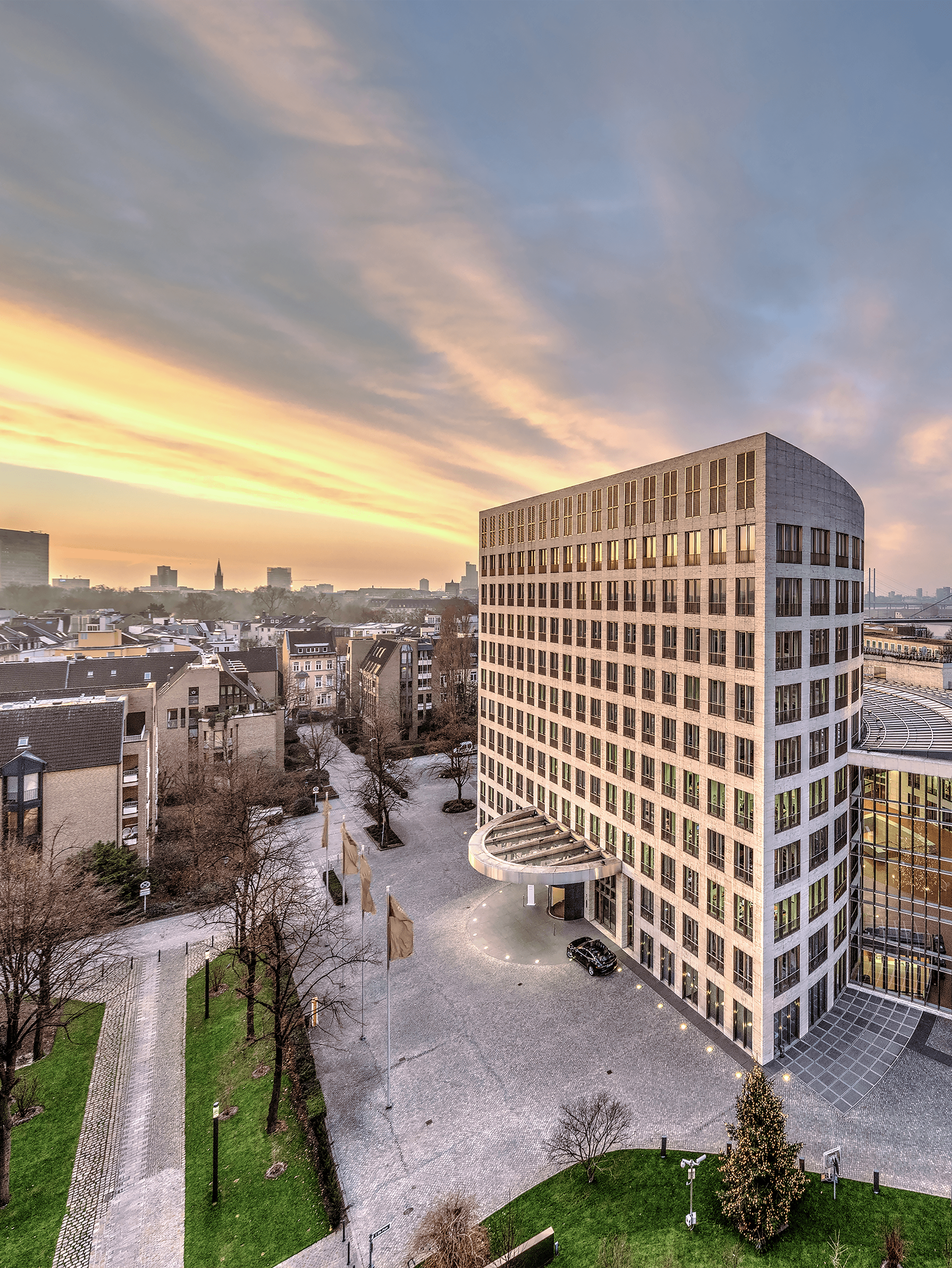
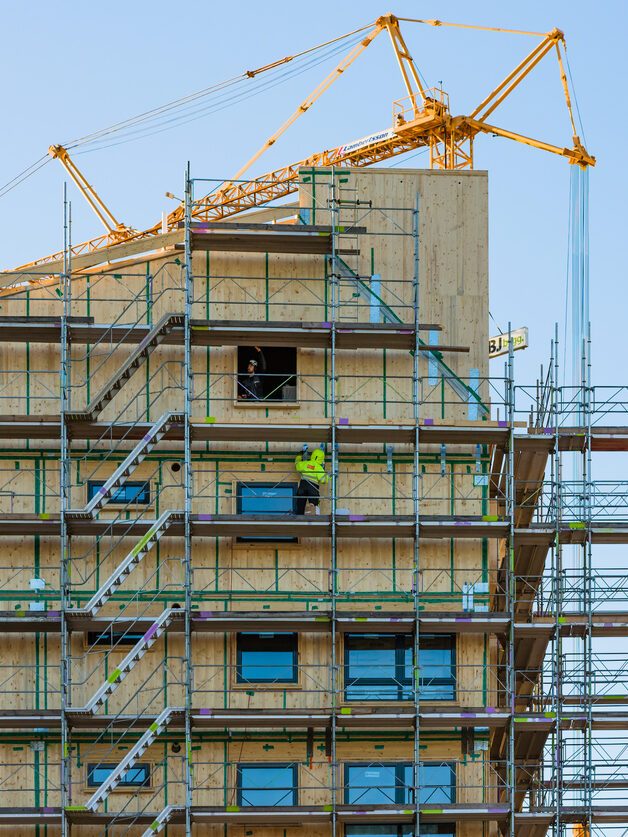
According to the UN Environment Program’s Global Status Report for Buildings and Construction 2021, the construction and real estate industry is responsible for 37% of global CO2 emissions. In order to achieve the goals of the Paris Climate Agreement, it must be almost completely decarbonized by 2050.
The main contributor to the continuously high CO2 emissions comes from property usage, particularly due to the ongoing use of coal, oil, and natural gas for heating and cooking. High usage rates in regions that still rely heavily on carbon electricity production also play their part. In addition, both the construction process and the production of materials are increasingly very CO2-intensive. However, in 2020, energy-related CO2 emissions, mainly from the production of building materials, decreased by 0.4 gigatons to 3.2 gigatons compared to the previous year. But according to the UN Environment Program, this is likely a consequence of the coronavirus pandemic –– as soon as economic activity picked up, emission figures rose once again.
The figures make it clear: The real estate industry must become socially sustainable and climate-neutral, while simultaneously guaranteeing resource security. One of the major goals of our time is to either completely avoid or offset CO2 emissions. To achieve this, measures must be introduced in several areas. At present, buildings only play a very minor role in energy production and storage.
The great importance of the real estate industry in environmental and social sustainability leads to various regulatory interventions on the part of the state. Clearly, free markets are not yet able to reflect the long-term and negative effects of disregarding sustainable developments on market value, although this is changing.




